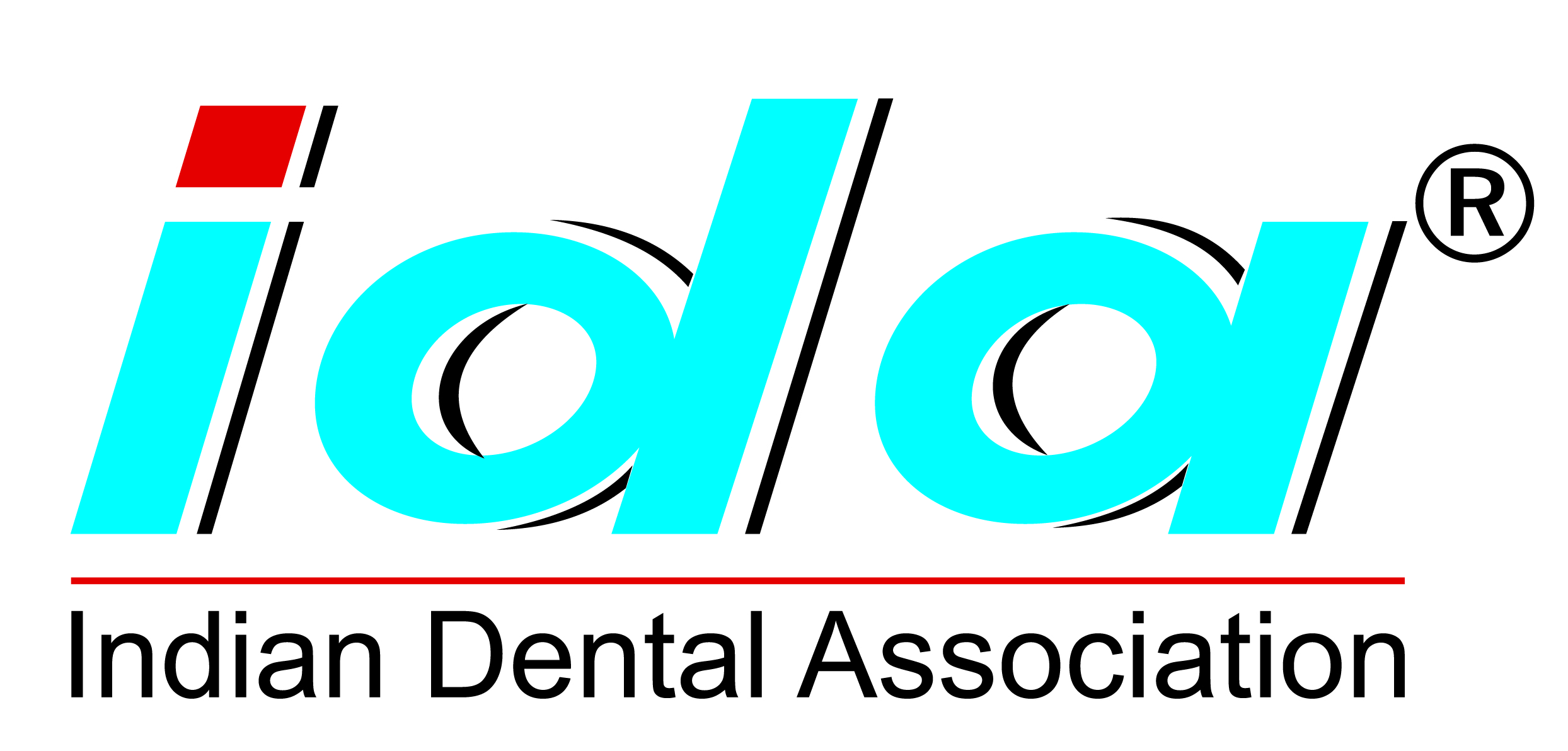|
Penicillins, Cephalosporins
|
Bacteriostatic antibiotics ex. macrolides, tetracyclines, clindamycin
|
Bacteriostatic antibiotics may interfere with the action of bactericidal antibiotics.
Consult with other practitioner for optimal therapy.
|
|
Penicillins, Cephalosporins, Tetracyclines, Ciprofloxacin
|
Oral contraceptives
|
Stimulation of oestrogen. Elimination may decrease effectiveness of the contraceptive
agent, advice patient accordingly.
|
|
Penicillins, Cephalosporins
|
Probenecid
|
Urinary excretion of the antibiotic is retarded. Consult with physician for appropriate
dosage schedule.
|
|
Penicillins
|
Enoxaparin, Heparin
|
High dose penicillin can increase the bleeding, advice to use cautiously.
|
|
Methotrexate
|
Urinary excretion of Methotrexate may be inhibited, advice to use cautiously.
|
|
Ampicilin
|
Allopurinol
|
High incidence of skin rash has been reported. Substitute ampicillin by amoxicillin.
|
|
Atenolol
|
Atenolol concentrations may be reduced.
|
|
Cephalosporins
|
Drugs that cause nephrotoxicity or ototoxicity ex. aspirin, aminoglycosides, amphotercin
B, cisplastin cephalosporins.
|
Additive toxicity may occur. Cephalexine and cefoxitin are apparently safe.
|
|
Clindamycin, Macrolides, Tetracyclines
|
Bactericidal antibiotics ex. penicillins, cephalosporins.
|
The action of bactericidal antibiotics may be inhibited. Avoid concurrent use.
|
|
Clindamycin
|
Erythromycin, Clarithrimycin, Azithromycin
|
Antagonism can occur between these drugs. Avoid concurrent use. Do not use one agent
for antibiotic prophylaxis after recent use of the other.
|
|
Kaolin
|
Absorption of clindamycin is reduced.
|
|
Macrolides
|
Chloramphenicol, Clindamycin, Lincomycin
|
Erythromycin and other Macrolides may interfere with the antibacterial effects of
the other agents. Avoid concurrent use.
|
|
Digoxin
|
Absorption of digoxin with poor bioavailabity is increased. Advise patient accordingly.
|
|
Erythromycin, Clarithromycin
|
Cisapride
|
The antimicrobial drugs impair the metabolism of second drug. Serious cardiac toxicity
is possible. Avoid concurrent use.
|
|
Alfentanil, Bromocryptine, Caffeine, Carbamazepine, Corticosteroid, cyclosporine,
midazolam, theophylline drugs, warfarin, valproic acid
|
Erythromycin and clarithromycin may interfere with the metabolism of theses drugs.
Use IV agents cautiously.
|
|
HMG-CoA reductase inhibitors
|
Erythromycin and clarithromycin interfere with the metabolism of these drugs possibly
causing rhabdomyolysis. Avoid concurrent use.
|
|
Erythromycin
|
Drugs that cause ototoxicity or especially hepatotoxicity ex. furosemide, flurouracil
|
The use of erythromycin for prophylaxis endocarditis is probably not a problem.
Increased risk of ototoxicity and hepatotoxicity may warrant consultation with the
physician.
|
|
Tetracyclines
|
Antacids, Bismuth, Calcium, Iron, Magnesium or Zinc salts, H2 antihistamines
|
Absorption of antacids is impaired. Space administration schedules to avoid simultaneous
ingestion.
|
|
Lithium salts
|
Plasma Li+ concentrations may be increased. Advise patient accordingly.
|
|
Anisinodine, Warfarin
|
In patients with poor dietary habits vitamin K, tetracyclines may increase the effects
of oral anticoagulant, advice to use cautiously.
|
|
Doxycycline
|
Barbitrurates, Alcohol, Carbamazepine, Phenytoin
|
Hepatic clearance of doxycycline is increased. Adjust dosage upwards or use alternative
tetracycline.
|
|
Oxytetracycline
|
Insulin
|
Hypoglyceamic action of oxytetracycline reduces the insulin requirements.
|
|
Metronidazole
|
Alcohol
|
Alcohol metabolism is altered, leading to build up of acetaldehyde.
|
|
Cimetidine
|
Hepatic clearance of metronidazole is decreased.
|
|
Barbiturates, Phenytoin
|
Hepatic clearance of metronidazole is decreased. Consider increasing dose if therapy
proves to be sub optimal. However, metronidazole may decrease phenytoin which may
warrant physician's consultation.
|
|
Warfarin
|
Hepatic clearance of warfarin is decreased. Consult physician for full course therapy.
|
|
Lithium
|
Renal toxicity of lithium may occur.
|





